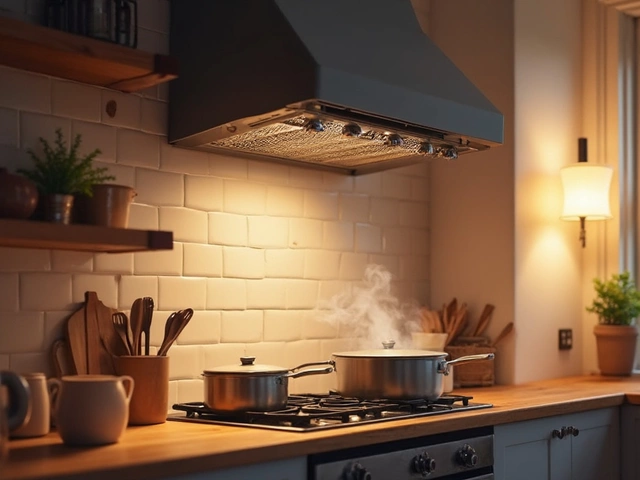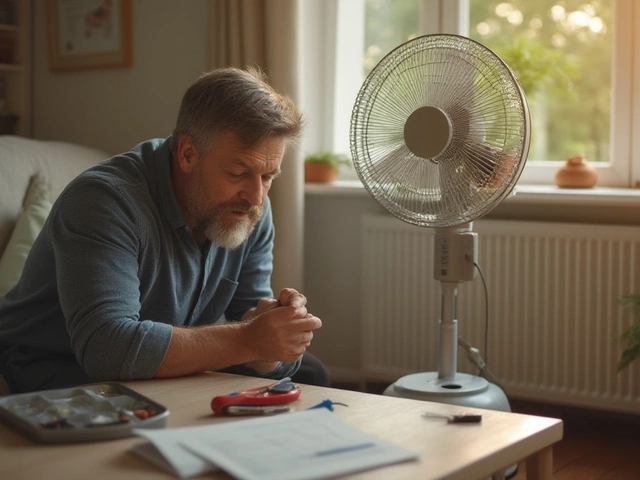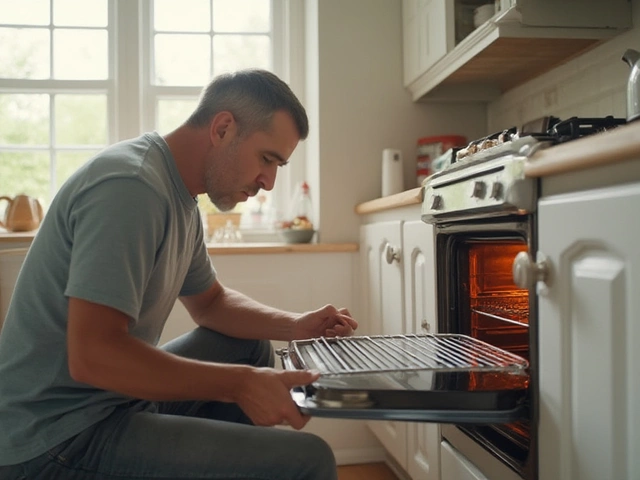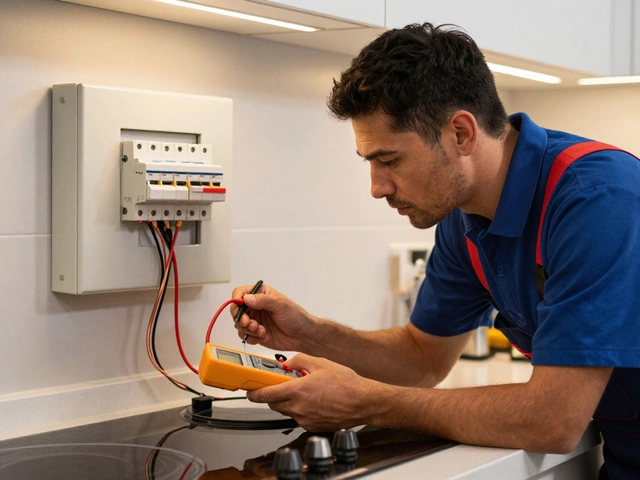Do Extractor Fans Need Maintenance? Simple Guide for Bathrooms & Kitchens
September 6 2025Appliance Working Principle: How Common Home Devices Operate
Ever wondered what makes your boiler heat up, why an extractor fan hums, or how a dishwasher dries dishes? Knowing the core principle behind each gadget helps you spot problems early, save money, and decide when it’s time for a professional. Below we break down the basics of the most common appliances you’ll find in a Bedford home.
Why Understanding the Basics Helps You Troubleshoot
When an appliance stops working, the first impulse is to call a repair service. A quick mental check of the device’s main function can often point you in the right direction. For example, if a boiler isn’t producing heat, ask: is the gas supply on? Is the thermostat calling for heat? If the answer is no, the issue is likely electrical or with the control board, not the heat exchanger. A similar “what should it be doing?” question works for fans (is air moving?) and ovens (does the element heat up?). This simple diagnostic step cuts down on guesswork and lets you give the engineer clear information, which can speed up the fix.
Key Principles Behind Everyday Appliances
Boilers and water heaters use a gas‑burner or electric element to heat water that circulates through radiators or pipes. A thermostat monitors room temperature and tells the burner when to fire up. Regular flushing removes sediment that can block heat transfer, extending the unit’s life – see our water heater maintenance guide for details.
Extractor fans rely on a motor that creates suction, pulling steam, smoke, and odors out of the kitchen or bathroom. Grease and dust build up on the blades and filters, reducing airflow. Cleaning the filter every few weeks restores performance and prevents motor overload – learn more in our “Extractor Fan Maintenance” article.
Ovens heat via electric elements or gas burners. The element’s resistance converts electricity into heat; a thermostat or flame sensor ensures the temperature stays within range. If an oven won’t heat, the element may be broken or the thermostat faulty – our “Oven Element Diagnosis” post walks you through quick tests.
Dishwashers combine water heating, spray arms, and a pump to clean dishes. The heating element warms water to about 60 °C, while jets spray from the bottom and top. A blocked spray arm or a failing pump can leave dishes dirty. Spot the problem by listening for the pump run and checking arm rotation.
Refrigerators operate on a refrigeration cycle: a compressor squeezes refrigerant, raising its pressure and temperature; the hot gas then passes through a condenser and releases heat; it expands in an evaporator, cooling the interior. If the fridge stops cooling, the compressor may be dead or the condenser coils dirty – a simple coil cleaning often improves efficiency.
Every appliance on our tag page follows a similar pattern: a power source, a conversion component (heat, motion, or pressure), and a control system that tells it when to start or stop. Knowing which part does what gives you a solid starting point for any repair call.
Ready to dig deeper? Browse the articles below for step‑by‑step guides on specific devices, from “How Long Do Kitchen Extractor Fans Last?” to “Can a Boiler Really Last 50 Years?”. Each post explains the inner workings, common failure signs, and maintenance tips that keep your home running smoothly.
Understanding the working principle doesn’t make you a certified engineer, but it does empower you to ask the right questions, perform simple upkeep, and avoid costly surprises. Keep this guide handy the next time a gadget misbehaves – a little knowledge goes a long way toward a warm, dry, and well‑functioning home.
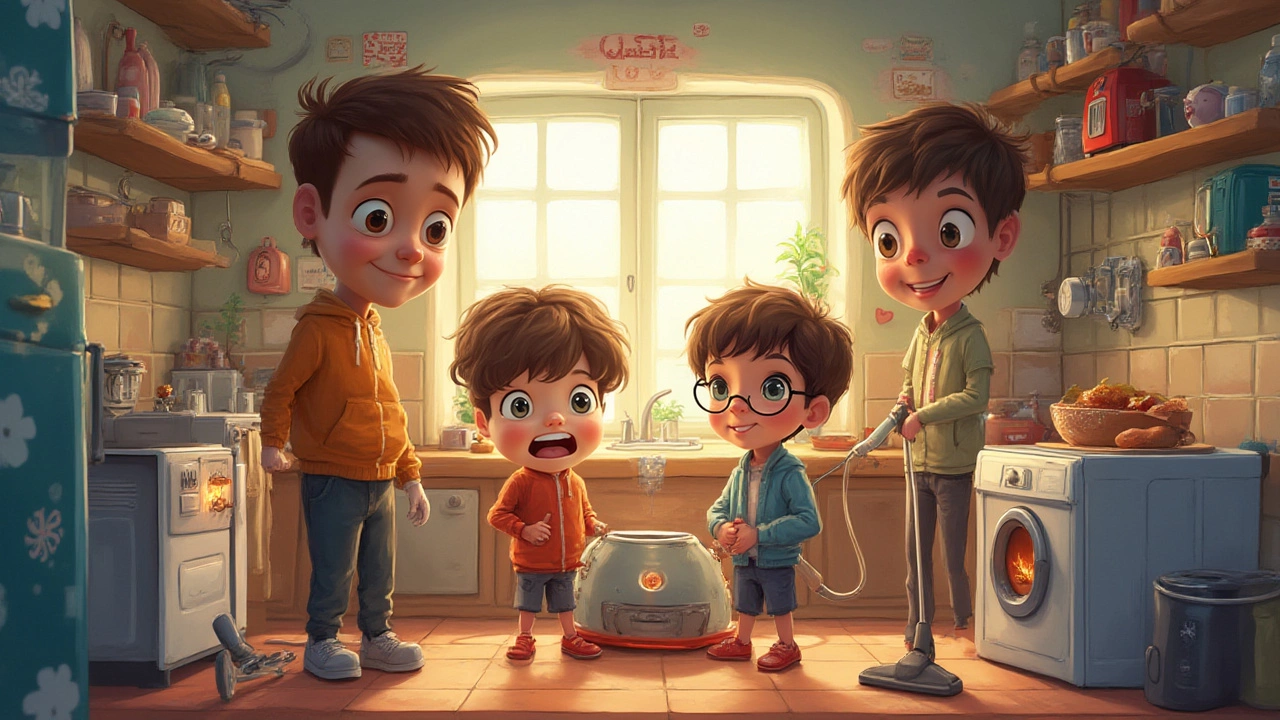 4 Jul
4 Jul
How Common Household Appliances Really Work: Explained Simply
Discover the secrets behind common household appliances. This article breaks down how each one actually works—no complicated jargon, just clear, practical explanations everyone can understand.
Read More...
